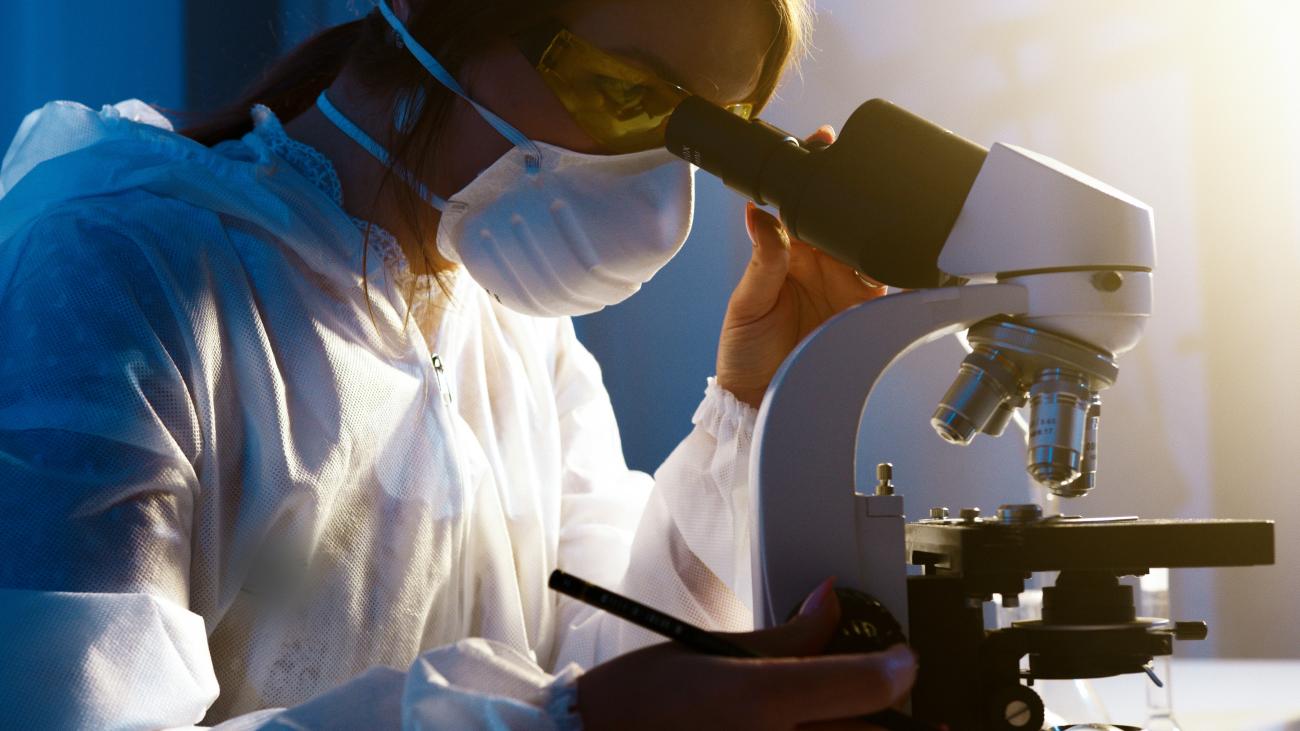Database providing access to the High Technology Network's industrial research offering: research competences, type of analyses and tests available at the Laboratories. Companies can consult the Catalogue to find Laboratories and researchers that match their needs.
Competence
Additive manufacturing processes (3D printing, SLA rapid prototyping, etc.)
Analysis of standards and regulations: laws and guidelines for protected, biological raw material, and processing
Analysis of the physical, rheological, chemical, microbial, and sensorial properties during storage
Analytical tests for shelf-life characterization
Cladding
Conventional welding processes (arc, TIG, MIG / MAG, resistance, etc.)
Definition of product specifications and analytical methods of verification
Design of experiment (DoE) and Food Design to study interaction between formulation and process conditions
Design of new molecular markers for traceability of specific varietal components
Evaluation of molecular transformations during food processing
Experimental studies of formulations and processes: use of bioactive components from out-streams or by-products
Food traceability by evaluation of functional components
Food traceability by genetic analysis
Food traceability by spectroscopic techniques, NMR, proteomic and peptidomic methods for the identification of ingredients or contaminants
Generation and optimization of the part program
Genetic methods for varietal identification
Heat treatments of conventional and not conventional metal alloys
Improvement of process efficiency for saving direct and indirect costs
Input-output correlations to assess operational parameters
Lab trails and scale-up to pilot plants of experimental production diagrams; check of the physical, chemical and sensorial characteristics
Machining processes for metal removal (turning, milling, drilling, reaming, broaching, grinding, etc.)
Massive deformation processes (forging, pressing, rolling mill, extrusion, drawing, etc.)
Melting processes (in sand, in shell, die casting, investment casting, etc.)
Methods for the specific and varietal identification based on single components within blends
Microbial kinetics during food storage
Microprocessing (micro-milling, -drilling, -laser, -waterjet, etc.)
Molecular characterization of DNA, protein, peptides and metabolites
Monitoring of chemical, physical, and biochemical characteristics (enzymatic activity and kinetics) during storage
Non-conventional machining processes (laser, plasma, waterjet, chemical and electrochemical , ultrasonic, electrical discharge, etc.)
Non-conventional thermal and non-thermal technologies for product stabilization, extraction, and conservation
Numerical simulation to define process-product interaction
On-line product control feasibility for process optimization
Operator practical training for process control and lab tests
Optimization of energy consumption
Optimization of processing conditions by desing of experiments (DoE) for product development
Processes of ceramic materials production / machining (massive, dense / porous, thick films, etc.)
Processes of powder sintering
Processes of production / machining of products in glass
Processes of production / machining of products in polymer materials
Processes of production / machining of products of composite materials

